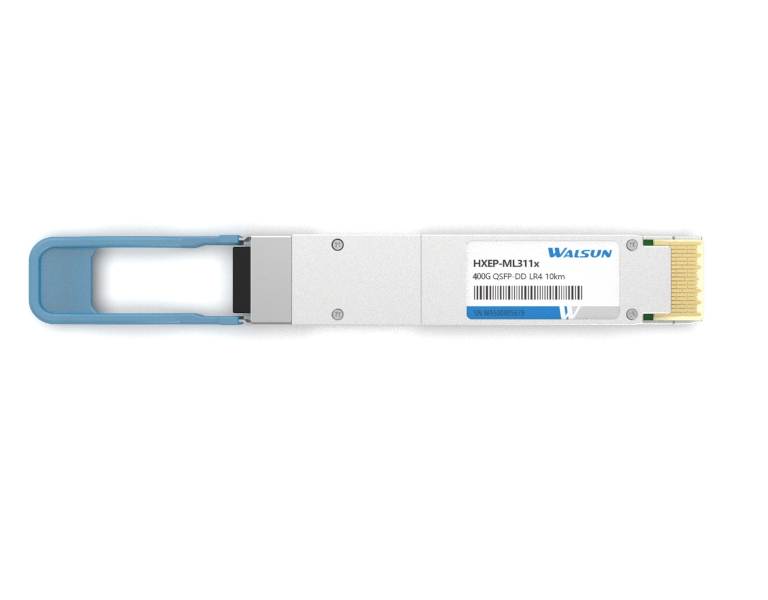PRODUCTS

- SFP28 (Small Form-factor Pluggable 28) and QSFP28 (Quad Small Form-factor Pluggable 28) are both transceiver form factors commonly used in data networking and telecommunications equipment. The main difference between the two lies in their form factor and the number of electrical lanes used for transmitting data.25G SFP28 ER 1310nm 30/40KMSFP28 transceivers have a single electrical lane and are typ516

- The range of QSFP SR (Quad Small Form-factor Pluggable Short-Reach) can vary depending on the specific transceiver and the type of fiber optic cable used. However, typically a QSFP SR transceiver can reach distances of up to 100 meters over OM3 multi-mode fiber and up to 150 meters over OM4 multi-mode fiber.How to choose 40G QSFP+ optical module?40G QSFP+ optical module refers to the transmission629

- The main difference between QSFP28 and SFP56 is in their form factor and data transfer capabilities.QSFP28 (Quad Small Form-factor Pluggable 28) is a high-density, hot-pluggable transceiver module used for networking and telecommunication applications. It supports data rates of up to 100 Gbps per port and uses four lanes of high-speed electrical signals.SFP56 (Small Form-factor Pluggable 56) is al659

- SFP (Small Form-factor Pluggable) and QSFP (Quad Small Form-factor Pluggable) are both types of transceiver modules used to connect networking equipment such as switches, routers, and network interface cards to fiber optic or copper network cables. The main differences between the two are their form factor, data transfer speeds, and the number of channels they support.1. Form Factor: -455

- The range of a QSFP (Quad Small Form-factor Pluggable) transceiver can vary depending the type and model. However, typical ranges for QSFP modules are:- For QSFP+ (40G) modules: up to 100 meters using multimode fiber, and up to 10 kilometers using single-mode fiber.- For QSFP28 (100G) modules: up to 100 meters using multimode fiber, and up to 10 kilometers using single-mode fiber.It's importan747


 CHS
CHS Walsun Mall
Walsun Mall










